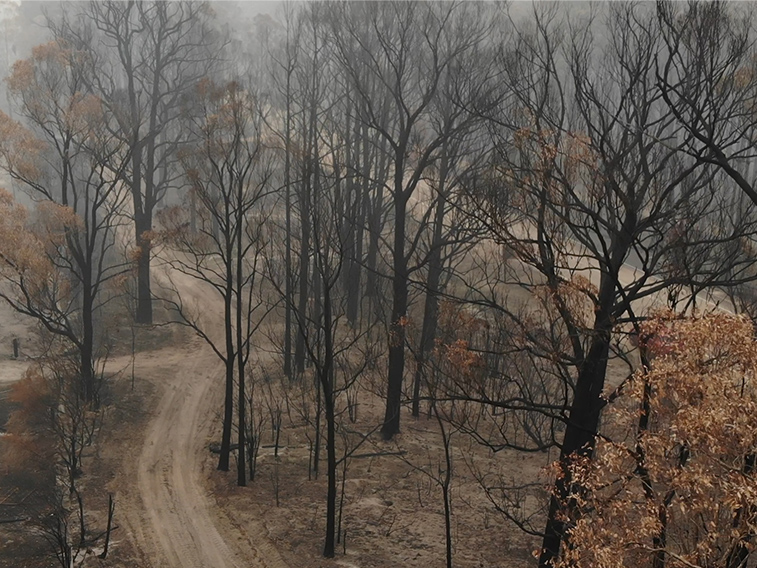For more information, please see the NAB SME Bushfire Impact Survey Part 1
NAB SME Bushfire Impact Survey: Part 1
Uncovering the business impact of the bushfires through the eyes of over 500 Australian SMEs.

Last year was the warmest and driest year on record in Australia, contributing to one of the worst bushfire seasons ever. The southeast has been most severely affected, but fires have hit every state and territory. The bushfires have burned through more than an estimated 11 million hectares (an area the size of England), destroyed thousands of homes and taken many lives.
In Part 1 of this report, NAB explores the business impact of the bushfires through the eyes of over 500 Australian SMEs. Around 2 in 3 SMEs indicated their businesses have been directly or indirectly impacted by the bushfires, with 7% impacted ‘significantly’.
The survey was conducted between 30 January and 11 February 2020.
Key findings
- The impact of the bushfires has been widespread – with around 2 in 3 SMEs indicating their businesses have been directly or indirectly impacted. But the impact has been much greater for some than others – around 7% said the fires had a ‘significant’ impact. Not surprisingly, more SMEs located in areas vulnerable to bushfire risk were impacted (9 in 10) than in non-vulnerable areas (5 in 10), as were businesses located in rural towns, in NSW, SA and VIC.
- While bushfire conditions have now improved, around 7 in 10 SMEs expect the fires to continue impacting their business in some way in the next 3 months (and just over 6 in 10 in the next 12 months). But these numbers are significantly higher for SMEs in vulnerable bushfire areas.
- By industry, the highest number who expect to be ‘significantly’ impacted in the next 3 months are in Transport/Storage, Utilities and Construction, but Manufacturing (14%) and Agriculture (11%) firms expect to be hardest hit in 12 months’ time.
- The survey reveals almost 1 in 2 SMEs impacted by bushfires have suffered temporary disruptions, with the next most common impact coming from higher costs such as insurance, lower customer confidence and disruption to travel or tourism. Around 17% of firms closed their business, but this reached 24% in vulnerable bushfire areas. The most ‘significant’ impact on their business was a reduction in cashflows, loss of customers and disruption to suppliers, according to around 3 in 10 SMEs.
- The survey finds that 1 in 4 impacted SMEs said they were planning to take up the Government’s $500,000 loan offer, although 1 in 4 are unsure at this stage. Take up is expected to be much higher in vulnerable bushfire areas, in NSW and in major capital cities. By industry, take up is expected to be highest in Mining, Telecoms and Accommodation, Cafes, Restaurants & Clubs.
- Interestingly, around 3 in 4 SMEs believe the loan could help their business offset some of the bushfire impacts.
- When asked what Governments should do to most help businesses impacted by the bushfires, around 6 in 10 said cash grants would help most, and 5 in 10 interest free or reduced rate loans for the life of the loan, and greater investment in infrastructure and other community assets.




